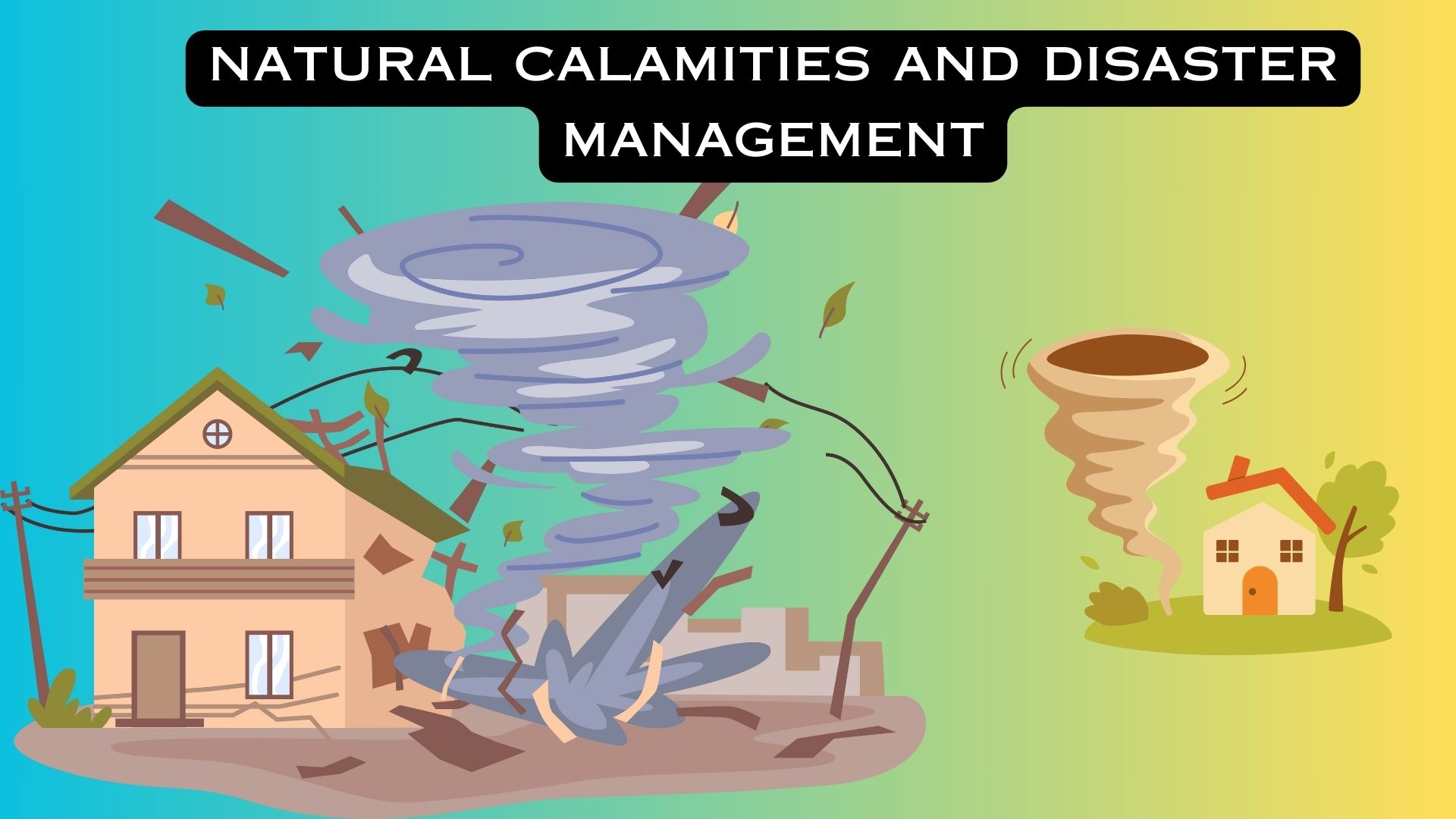Technology, research, and development (R&D) can play a crucial role in mitigating the impact of natural calamities and improving disaster management in India. Here are several ways in which technology and R&D can contribute to addressing natural calamities and disaster management:
- Early Warning Systems: R&D efforts focus on developing early warning systems for various natural disasters, including cyclones, floods, earthquakes, tsunamis, and landslides. These systems leverage advanced technologies such as satellite imagery, remote sensing, and geographic information systems (GIS) to monitor environmental parameters, detect potential hazards, and issue timely warnings to at-risk populations, enabling evacuation and disaster preparedness measures.
- Geospatial Analysis and Risk Assessment: Geospatial analysis and risk assessment tools use spatial data, modeling techniques, and machine learning algorithms to assess vulnerability, analyze risk exposure, and prioritize interventions in disaster-prone areas. By mapping hazard zones, infrastructure vulnerabilities, and population density, these tools inform land-use planning, infrastructure development, and disaster risk reduction strategies, minimizing the impact of natural calamities.
- Disaster Response and Relief Operations: Technology-enabled disaster response and relief operations leverage drones, unmanned aerial vehicles (UAVs), and remote sensing technologies to assess damage, survey affected areas, and deliver humanitarian aid to disaster-stricken regions. Real-time data analytics, communication networks, and logistics management systems facilitate coordination among response teams, government agencies, and humanitarian organizations, enhancing the effectiveness and efficiency of relief efforts.
- Resilient Infrastructure and Building Design: R&D initiatives focus on developing resilient infrastructure and building design standards to withstand natural disasters, including earthquake-resistant structures, flood-resistant buildings, and cyclone-resistant shelters. Innovative construction materials, retrofitting techniques, and building codes ensure structural integrity, occupant safety, and community resilience in the face of natural calamities, reducing casualties and property damage.
- Community-based Disaster Preparedness and Training: Technology-supported community-based disaster preparedness programs and training initiatives empower local communities to build resilience, respond effectively to emergencies, and recover from disasters. Mobile applications, interactive simulations, and community radio broadcasts disseminate critical information, raise awareness about disaster risks, and educate communities on evacuation procedures, first aid techniques, and disaster response protocols, fostering a culture of preparedness and collective action.
- Climate Adaptation and Mitigation Strategies: R&D efforts focus on developing climate adaptation and mitigation strategies to address the long-term impacts of climate change on natural disasters and extreme weather events. Climate modeling, scenario analysis, and ecosystem restoration projects inform policy decisions, resource allocation, and sustainable development planning, promoting climate resilience, environmental sustainability, and disaster risk reduction at national and local levels.
- Interdisciplinary Research and Collaboration: Interdisciplinary research collaborations bring together scientists, engineers, policymakers, and community stakeholders to address complex challenges associated with natural calamities and disaster management. Cross-disciplinary approaches, knowledge sharing platforms, and collaborative networks foster innovation, drive scientific advancements, and catalyze transformative solutions that integrate technology, research, and policy for effective disaster risk reduction and resilience building.
In conclusion, technology, research, and development play a pivotal role in enhancing disaster management capabilities, reducing vulnerability to natural calamities, and promoting resilience in communities across India. By investing in innovative solutions, fostering interdisciplinary collaborations, and leveraging scientific expertise, India can build a robust disaster management infrastructure, safeguard lives and livelihoods, and build a more resilient and sustainable future for all citizens.


No responses yet